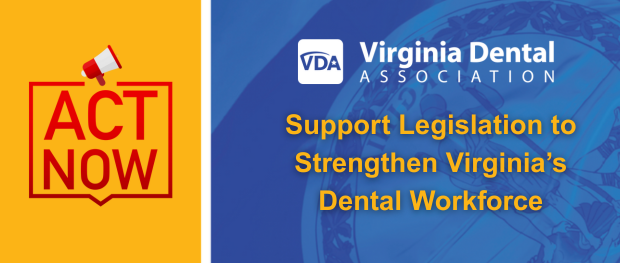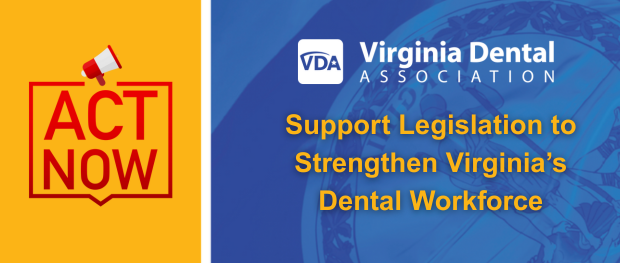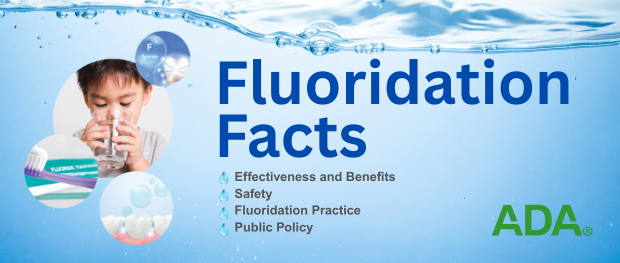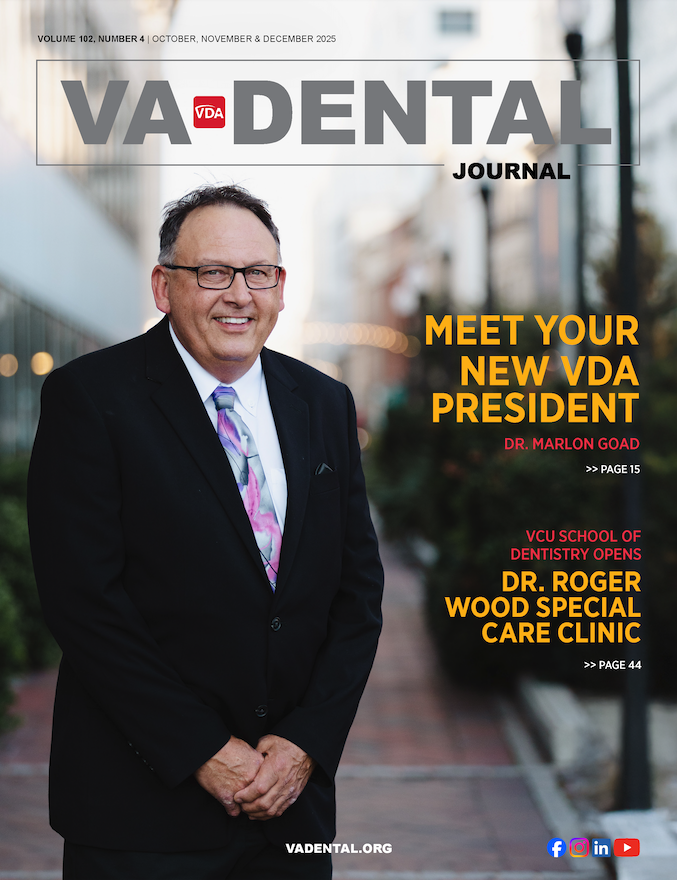Summary of ADA Guidance During the SARS-CoV-2 Crisis
SARS-CoV-2 is different from the flu, the common cold and SARS-1 and requires different precautions than dental teams have been employing since the early 1980s.
The emerging science is indicating that:
• SARS-CoV-2 is “stickier” than previously seen viruses – transmission is easier
• SARS-CoV-2 causes serious symptoms in persons over 60, and those with underlying medical conditions
• SARS-CoV-2 is spread through the airborne route, when aerosol is created, meaning that tiny droplets remaining in the air could cause disease in others even after the ill person is no longer near
• SARS-CoV-2 can be spread through aerosols produced by high and low speed handpieces, ultrasonic scalers, air/water syringes, or an infected patient coughing, and even when taking intra-oral radiographs
• Individuals infected with SARS-CoV-2 may be shedding virus and communicating the disease even when asymptomatic or before they show symptoms, including transmission through saliva
• Children may be asymptomatic and yet infectious
• SARS-CoV-2 survives on environmental surfaces for various periods of time, including metal and plastic surfaces, as found in the dental office.
This has serious implications for the dental team, in terms of personal protective equipment (PPE), treatment room disinfection and treatment of patients. It is important that dentists and dental teams thoroughly understand the risks of treating patients. It is also important that the dental offices continue treating patients with emergency needs, as described on the ADA guidance on what constitutes a dental emergency and to avoid unnecessary trips to hospital emergency room departments.
Risk must be minimized during emergency treatment:
• Screen for dental emergencies using teledentistry or other remote modalities, minimizing the risk of transmission
• Fully utilize PPE, understanding that surgical masks, which do not seal around the nose and mouth, are not adequate to completely protect against aerosol-borne disease transmission
• Reduce aerosol production as much as possible through use of hand instrumentation, and employment of dental dam and high speed suction in restorative and endodontic procedures
• N95 masks, with a positive seal around the nose and mouth, in combination with a full-face shield, should be worn when treating patients in close proximity to their respiratory system, similar to the protocol for medical teams performing intubations. If N95 masks are not available, surgical FDA approved masks must be worn for each patient, not reused, and discarded immediately after the procedure is concluded
• Members of the dental team within six feet of the treatment aerosol area should be limited to the operator and the assistant
The ADA has developed numerous resources (ADA.org/virus) including:
• guidance on what constitutes a dental emergency
• rapid advice work flow diagram on how to proceed with emergency treatment
• healthcare supply of PPE Summary of ADA Guidance During the SARS-CoV-2 Crisis
• coding and billing guidance • ADA/OSAP webinar covering infection control, aerosols, surface disinfection and considerations for when regular dental treatment resumes
• Rapid Advice Guidance with recommendations from relevant healthcare and regulatory agencies, as well as the published literature.
All the resources at ADA.org/virus should be thoroughly reviewed because the implications for disease transmission are serious, both to and among the dental team, patients, and to the community at large.
The ADA will continue to develop resources as the pandemic continues.









